Irox HBR636 Manual
Irox
Vejrstation
HBR636
| Mærke: | Irox |
| Kategori: | Vejrstation |
| Model: | HBR636 |
| Bredde: | 178 mm |
| Dybde: | 10 mm |
| Højde: | 120 mm |
| Produktfarve: | Black, Silver, White |
| Dimensioner (BxDxH): | 178 x 10 x 120 mm |
| Kan monteres på væggen: | Ja |
| Batteritype: | CR2032/AAA |
| Ur-funktion: | Ja |
| Alarmfunktion: | Ja |
| Modtager dimensioner (BxDxH): | 23 x 37.5 x 110 mm |
| DCF radiour: | Ja |
| Fugtigheds-måleområde (udendørs) (H-H): | 30 - 80 % |
| Temperatur måleområde (indendørs) (T-T): | -5 - 50 °C |
| Antal batterier (modtager): | 2 |
| Min. /maks. Temperatur-hukommelse: | Ja |
| Antal batterier (sensor): | 2 |
| Barometer, måleområde: | 750 - 1100 kPa |
Har du brug for hjælp?
Hvis du har brug for hjælp til Irox HBR636 stil et spørgsmål nedenfor, og andre brugere vil svare dig
Vejrstation Irox Manualer

9 Marts 2025

9 Marts 2025

9 Marts 2025

9 Marts 2025

9 Marts 2025

9 Marts 2025

9 Marts 2025

9 Marts 2025

9 Marts 2025

9 Marts 2025
Vejrstation Manualer
- GoGen
- Davis
- Weinberger
- Alecto
- Rain Bird
- EQ3
- Denver
- Livoo
- Brandson
- ChiliTec
- Greenure
- Steren
- Meade
- Hama
- Bearware
Nyeste Vejrstation Manualer
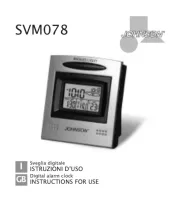
12 November 2025

12 November 2025

11 November 2025

8 November 2025
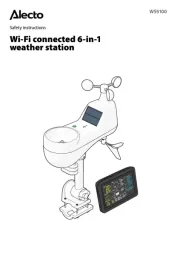
3 November 2025

2 November 2025
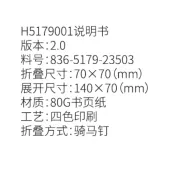
25 Oktober 2025

20 Oktober 2025
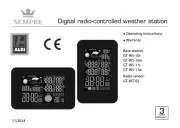
13 Oktober 2025
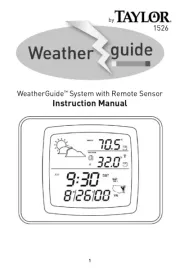
5 Oktober 2025
